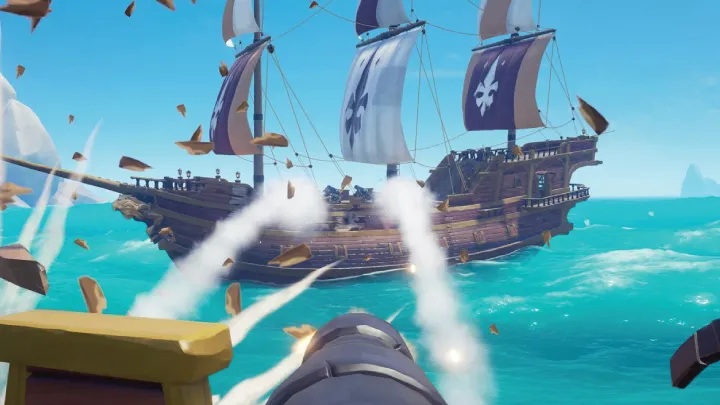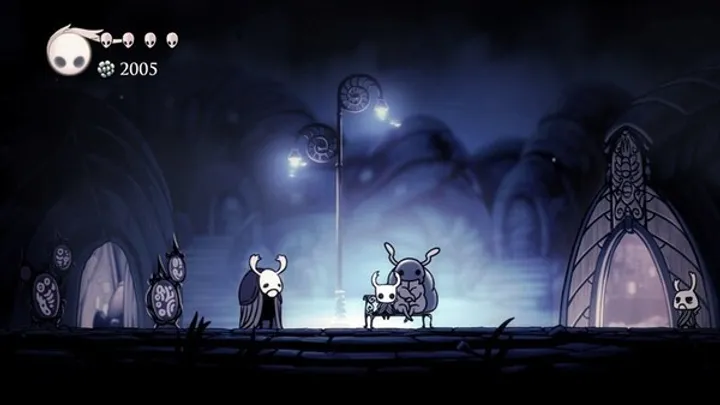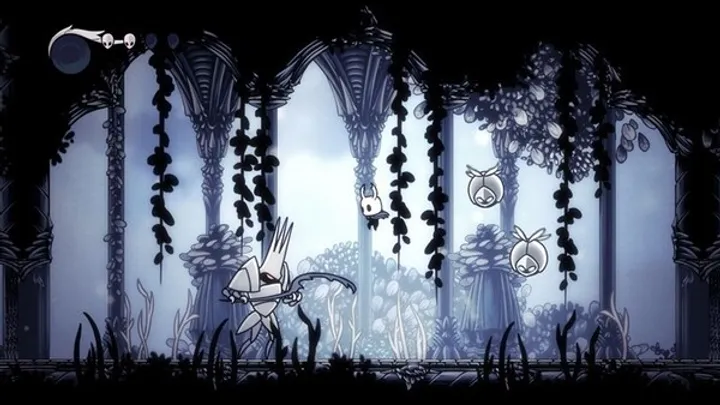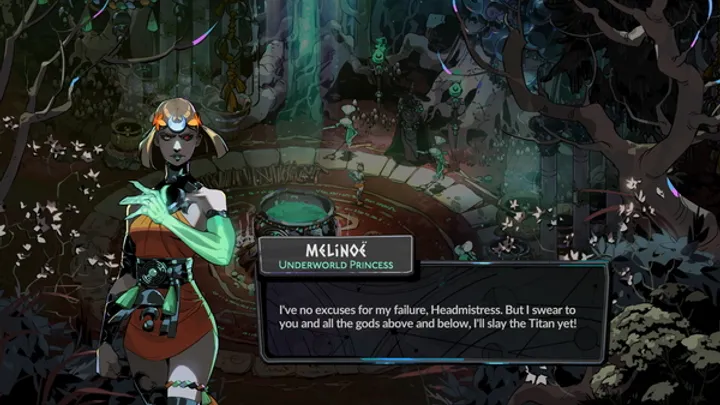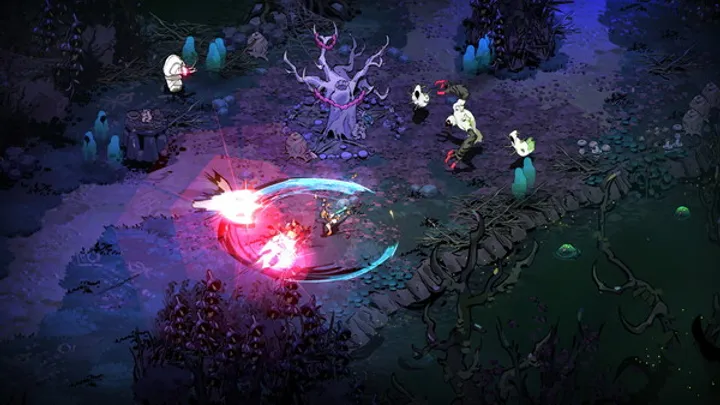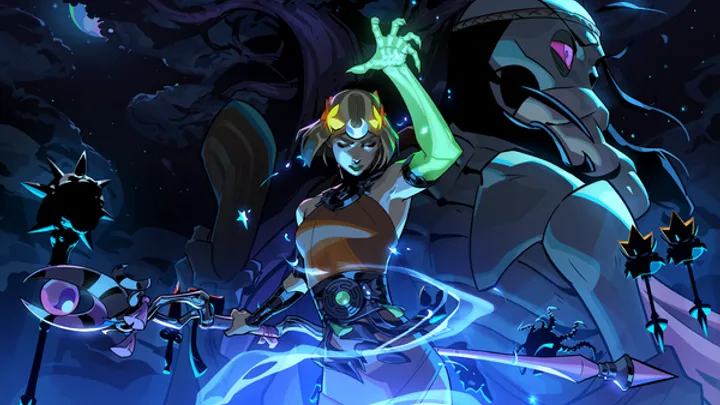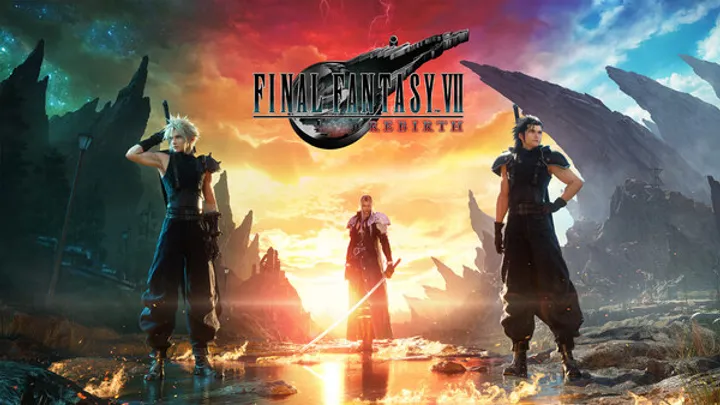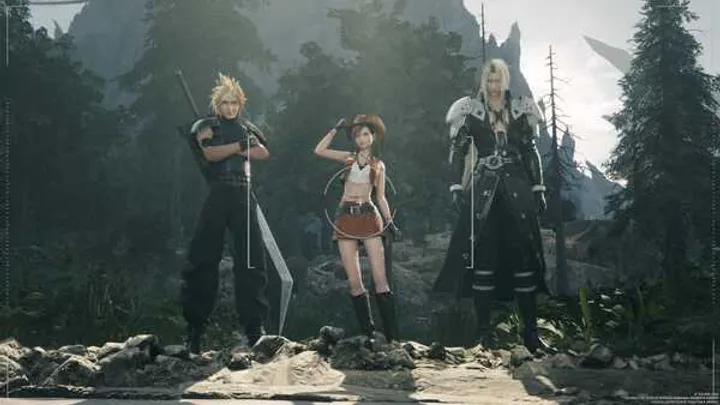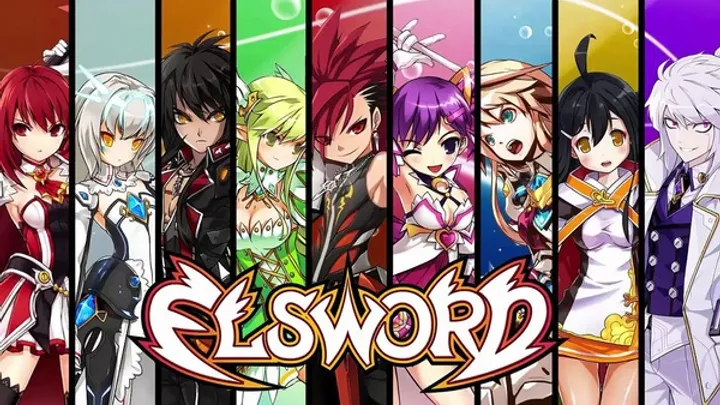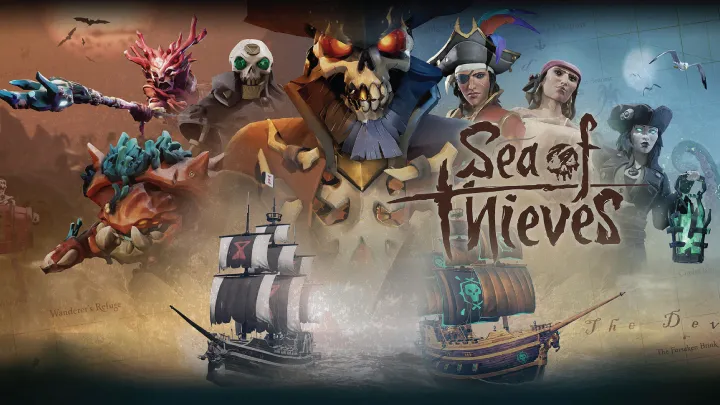
Introduction
"Sea of Thieves," developed by Rare, has captivated players since its release in 2018 with its vibrant world and open-ended gameplay. At the heart of this multiplayer pirate adventure lies its loot system, which has undergone significant changes over the years. This article delves deeply into the evolution of loot systems in "Sea of Thieves," examining how these changes impact player engagement, gameplay dynamics, and the overall experience. We will explore the balance between risk and reward, the introduction of new loot types, and how the community's feedback has shaped these systems, ultimately highlighting the importance of loot in the game.
The Initial Loot Experience
H2: Launching with Limited Loot
When "Sea of Thieves" first launched, the loot system was relatively simplistic. Players primarily sought treasure chests, skulls, and merchant items, which were scattered across the game's various islands.
H3: Treasure Chests and Gold
The primary form of loot consisted of treasure chests that players could dig up after completing quests. These chests provided gold and a sense of accomplishment, but the thrill of discovery was somewhat limited. Players often found themselves repeating similar tasks to amass wealth.
H3: Quest Diversity
The quests available at launch were also limited in scope. Players could choose from three factions—Gold Hoarders, Order of Souls, and Merchant Alliance—but the rewards were largely similar. This lack of variety made the loot experience feel somewhat repetitive, as players were incentivized to grind the same quests repeatedly.
Community Feedback and Iteration
H2: Responding to Player Concerns
As the community engaged with "Sea of Thieves," feedback regarding the loot system became a focal point for developers. Players expressed a desire for more diverse and rewarding loot experiences.
H3: The Need for Variety
Players voiced concerns that the loot system was too predictable. The excitement of treasure hunting diminished as players became familiar with the locations and types of loot available. This led to discussions within the community about how to enhance the loot experience.
H3: The Developers’ Commitment
Rare responded to this feedback by committing to a more dynamic loot system. They recognized that enhancing the loot experience would keep players engaged and returning to the game. This commitment marked the beginning of a series of updates aimed at revitalizing the loot system.
The Addition of New Loot Types
H2: Expanding Loot Horizons
With player feedback in mind, Rare began introducing new types of loot that expanded the possibilities for treasure hunting in "Sea of Thieves."
H3: Legendary and Unique Loot
One of the significant changes was the introduction of legendary and unique loot items. These rare treasures, often tied to specific quests or events, added an element of excitement and exclusivity. Players were incentivized to explore and complete challenging tasks to obtain these coveted items.
H3: Seasonal Events and Rewards
The launch of seasonal events further diversified the loot landscape. Events like the Festival of Giving or the Halloween-themed Fort of the Damned introduced new loot types and cosmetics, encouraging players to participate in time-limited quests. This seasonal approach not only kept the game fresh but also fostered a sense of urgency and excitement among players.
H2: Crafting and Customization
As the loot system evolved, the introduction of crafting and customization options allowed players to personalize their loot experiences further.
H3: Ship Customization
Players could now acquire materials to customize their ships, enhancing the personal connection to their vessels. This customization transformed ships into expressions of individual player identities, making each pirate's journey unique.
H3: Gear and Cosmetics
The addition of gear and cosmetic items provided players with further opportunities to showcase their accomplishments. Players could earn unique outfits, weapons, and instruments, creating a deeper sense of progression within the game.
Balancing Risk and Reward
H2: The Thrill of the Hunt
As the loot system expanded, developers focused on balancing risk and reward to create a more engaging experience for players.
H3: High-Stakes Loot
The introduction of high-stakes loot encounters, such as the Ashen Winds or the Sea of Thieves' first raid, forced players to weigh the risks of pursuing valuable treasures against the potential losses. These encounters added tension and excitement, making the loot experience feel more rewarding.
H3: Player Competition
The competitive nature of "Sea of Thieves" meant that players had to navigate not only environmental challenges but also other crews seeking the same loot. This added layer of competition heightened the intensity of treasure hunting, with players often finding themselves in thrilling skirmishes over valuable loot.
H2: The Role of PvPvE
The loot system also benefited from the integration of Player versus Player versus Environment (PvPvE) dynamics, which reshaped the way players approached treasure hunting.
H3: Environmental Challenges
Encounters with AI-controlled enemies, such as skeletons and ghost ships, provided additional challenges when seeking loot. Players had to strategize their approaches, balancing combat with the need to secure treasure.
H3: Cooperative Play
The PvPvE dynamics encouraged cooperative play and communication among crew members. Players often found themselves devising strategies to overcome environmental threats while simultaneously keeping an eye on rival crews. This cooperative element enriched the loot experience, making it feel more collaborative and rewarding.
Seasonal Content and Evolving Experiences
H2: The Introduction of Seasons
The shift to a seasonal content model marked a significant evolution in the loot system of "Sea of Thieves."
H3: Battle Pass Mechanics
The introduction of a battle pass system allowed players to earn rewards through gameplay. This system provided a structured way to earn loot, encouraging players to engage with various activities and challenges to unlock exclusive items.
H3: Community Goals
Seasons also introduced community goals, where players collectively worked towards specific objectives to unlock rewards. This element fostered a sense of camaraderie among players and kept the community engaged in the pursuit of loot.
H2: Evolving Loot Systems
As seasons progressed, the loot system continued to evolve, reflecting the developers’ commitment to enhancing player experiences.
H3: Unique Seasonal Rewards
Each season introduced unique rewards, from cosmetics to new gameplay mechanics. This ensured that players remained invested in the game, as they were incentivized to log in regularly to earn limited-time items.
H3: Player Agency
The evolving loot system empowered players with choices. Rather than following a linear path, players could pursue rewards that aligned with their interests, whether through combat, exploration, or community participation. This agency enriched the overall experience and made treasure hunting feel more personal.
Community Engagement and Feedback
H2: Listening to the Community
Rare's commitment to community engagement has played a crucial role in shaping the loot system in "Sea of Thieves."
H3: Feedback Loops
The developers actively solicited feedback from players, using platforms like forums and social media to gauge player sentiments. This feedback loop allowed Rare to identify pain points and areas for improvement within the loot system.
H3: Transparency and Communication
Regular updates and communication regarding upcoming changes fostered trust between the developers and the player base. Players appreciated transparency, knowing that their opinions were valued in shaping the game's future.
H2: The Impact of Community Events
Community events have also influenced the loot system, encouraging players to participate in collaborative activities.
H3: Limited-Time Quests
Special events often introduced limited-time quests that rewarded players with unique loot. These events created a sense of urgency and excitement, prompting players to log in and participate.
H3: Celebrating Achievements
Community milestones, such as reaching a certain number of treasure chests collected or enemies defeated, often resulted in additional rewards for all players. This collective celebration reinforced the sense of community and shared achievement within the game.
The Future of Loot in Sea of Thieves
H2: Ongoing Development
As "Sea of Thieves" continues to evolve, the future of its loot system remains bright.
H3: New Loot Types
Developers have hinted at the introduction of new loot types and mechanics, suggesting that players can expect further innovations in the coming seasons. This commitment to evolving the loot system ensures that players will always have new experiences to look forward to.
H3: Expanding Lore
As the game’s lore deepens, players may see loot tied to narrative developments. This integration of story and gameplay can create a more immersive experience, making treasure hunting feel even more meaningful.
H2: Conclusion
The evolution of loot systems in "Sea of Thieves" reflects the game's growth and the developers' commitment to enhancing player experiences. From the initial simplicity of treasure hunting to the dynamic and engaging loot landscape of today, the changes have significantly impacted gameplay, community engagement, and overall enjoyment. By responding to player feedback, introducing new loot types, and fostering a sense of community, Rare has successfully created a living, breathing world that keeps players returning for more. As "Sea of Thieves" continues to evolve, the future of its loot system promises to be as exciting as the treasures players seek.
